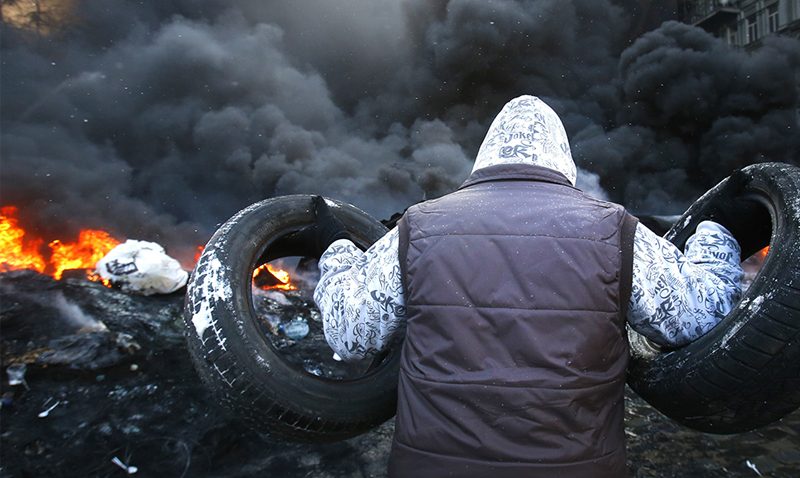[trx_section align=”right” dedicated=”yes” columns=”2_3″ bottom=”30″]
[trx_skills type=”arc”]
[trx_skills_item level=”95″ title=”JavaScript”]
[trx_skills_item level=”90″ title=”CSS3″]
[trx_skills_item level=”80″ title=”HTML5″]
[trx_skills_item level=”53″ title=”PHP”]
[trx_skills_item level=”45″ title=”MySQL”]
[/trx_skills]
[trx_button type=”square” style=”light” size=”huge” fullsize=”yes” link=”#popup_shortcode_1″ popup=”yes” icon=”icon-code”]Get shortcode[/trx_button]
[trx_popup id=”popup_shortcode_1″]
Shortcode “Skills” (type “arc”)
Shortcode text for example below:
[ trx_skills type="arc" ] [ trx_skills_item level="95" title="JavaScript" ] [ trx_skills_item level="90" title="CSS3" ] [ trx_skills_item level="80" title="HTML5" ] [ trx_skills_item level="53" title="PHP" ] [ trx_skills_item level="45" title="MySQL" ] [ /trx_skills ]
[/trx_popup]
[/trx_section]
Lorem ipsum dolor sit amet, consectetur adipisicing elit. Eveniet, beatae odit earum magni mollitia odio ullam nobis ad esse molestiae. Saepe, consectetur cum officiis libero soluta error id. Voluptatum, quidem, sunt, praesentium odio itaque a eveniet pariatur at reprehenderit quisquam ad ipsa doloribus consequuntur quo iusto placeat quibusdam aspernatur aliquid tempora nulla. Cupiditate, ipsa, alias eaque aliquam quam voluptates natus repellat libero tempore quasi in ipsam numquam non? Velit, explicabo, dolore officiis vel aspernatur maiores sapiente nisi in nulla distinctio tenetur cum illo dolores eligendi atque necessitatibus reiciendis perferendis nam. Omnis animi vitae sunt magnam commodi rem ad voluptatibus laboriosam laborum. Totam, sapiente, minima asperiores quia rem saepe ullam vitae at. Numquam, vero, rerum, magni adipisci perspiciatis dolorem praesentium blanditiis amet voluptas autem saepe ducimus tempore fugit iure quam in rem possimus officia natus pariatur labore ipsum recusandae illum dignissimos nam et quod nulla.
[trx_line top=”30″ bottom=”30″]
[trx_skills type=”counter” layout=”columns” count=”4″ maximum=”1000″]
[trx_skills_item level=”999″ title=”CSS3″ style=”1″]
[trx_skills_item level=”549″ title=”HTML5″ style=”2″]
[trx_skills_item level=”174″ title=”PHP” style=”3″]
[trx_skills_item level=”68″ title=”MySQL” style=”4″]
[/trx_skills]
[trx_button type=”square” style=”light” size=”huge” fullsize=”yes” link=”#popup_shortcode_2″ popup=”yes” icon=”icon-code” bottom=”30″]Get shortcode[/trx_button]
[trx_popup id=”popup_shortcode_2″]
Shortcode “Skills” (type “counter”)
Shortcode text for example below:
[ trx_skills type="counter" maximum="1000" layout="columns" count="4" ] [ trx_skills_item level="999" title="CSS3" style="1" ] [ trx_skills_item level="549" title="HTML5" style="2" ] [ trx_skills_item level="174" title="PHP" style="3" ] [ trx_skills_item level="68" title="MySQL" style="4" ] [ /trx_skills ]
[/trx_popup]
Lorem ipsum dolor sit amet, consectetur adipisicing elit. Eveniet, beatae odit earum magni mollitia odio ullam nobis ad esse molestiae. Saepe, consectetur cum officiis libero soluta error id. Voluptatum, quidem, sunt, praesentium odio itaque a eveniet pariatur at reprehenderit quisquam ad ipsa doloribus consequuntur quo iusto placeat quibusdam aspernatur aliquid tempora nulla. Cupiditate, ipsa, alias eaque aliquam quam voluptates natus repellat libero tempore quasi in ipsam numquam non? Velit, explicabo, dolore officiis vel aspernatur maiores sapiente nisi in nulla distinctio tenetur cum illo dolores eligendi atque necessitatibus reiciendis perferendis nam. Omnis animi vitae sunt magnam commodi rem ad voluptatibus laboriosam laborum. Totam, sapiente, minima asperiores quia rem saepe ullam vitae at. Numquam, vero, rerum, magni adipisci perspiciatis dolorem praesentium blanditiis amet voluptas autem saepe ducimus tempore fugit iure quam in rem possimus officia natus pariatur labore ipsum recusandae illum dignissimos nam et quod nulla.




